The world’s oceans are filled with an array of venomous and toxic marine critters, not to mention a whole host of apex carnivores. Join photographers Nick and Caroline Robertson-Brown as they tour the world in search of the deadliest sea creatures.
Extract taken from Deadly Oceans
Photographed by Nick and Caroline
Robertson-Brown
Published by New Holland Publishers
RRP: $65.00
Web: au.newhollandpublishers.com/ deadly-oceans.html
HAMMERHEAD SHARK
Never in the running when the sexy shark awards are handed out, the hammerhead is the baby of the shark family, although the great hammerhead can grow over 5m (16ft). Despite their heavy metal moniker, they’re not in the same killing-machine league as their great white and tiger cousins, with very few attacks ever recorded. Mind you, we used to think the same about bull sharks and they can get on the angry pills.
CROCODILE
Crocodiles are top predators in their own environment and pretty speedy over short distances on land. Any prey that gets too close is history. Crocs are partial to a good ambush. They do the “I’m just a floating log” thing, wait for dinner – fish, birds, cows, roos, tourists, anything really – to get close enough, then “FUGGEN CHOMP” and death roll! Their armoury of sharp teeth and incredibly powerful jaws – the most powerful bite of any animal – mean that’s usually end of story. Crocs look Jurassic because they are – their anatomy hasn’t changed much in the past 80 million years because they were lethal straight out of the box.
POLAR BEAR
The polar bear’s turf is the Arctic Circle. It’s a marine mammal – not that it bears much relation to a dolphin – as it spends most of its life in the sea. An adult male can weigh up to 700kg (1,550lb) and is perfectly adapted to life in the big chill, able to walk on ice and snow, and swim in the near-freezing waters. Most of their hunting is out on the sea ice, chasing seals, but as climate change warms the region, the pressure is on polar bears to re-adapt as they’re forced inland and bump up against humans. They now scavenge for carrion and have had to learn to climb cliffs to snaffle birds’ eggs. But these bears prefer fresh seal. When the ice is hard enough to cross, the bears wait for the seal meal to pop up to breathe, or lurk in the water and surprise the unlucky seal while it’s taking life easy on an ice floe.
ORCA
The orca, aka killer whale or ‘blackfish’, is found in every ocean and is a mean apex predator, with no natural enemies. And it’s an equal-opportunity employer when it comes to menu selection. Orcas are smart hunters with all the moves. They work as a team to herd schools of fish, then stun them by slapping their tails into the bait ball. They can swim in unison to create a wake large enough to knock unwary seals off ice floes, and even beach themselves to snatch seals or sea lions. Even large whales aren’t safe from orca attention. The killers chase and harass the pod until eventually their selected victim (usually a young whale) just gives up and says “Eat me now”. They’re a social lot with a wide range of behaviours, including ‘spy-hopping’ – lifting their heads out of the water to spot dinner.
DOLPHINS
Dolphins might look like they’re smiling, but don’t be fooled – mess with them and they can be mean mother fuggers. Thanks to marine theme parks and old TV shows like My Friend Flipper, we think dolphins want to be our mates and balance beach balls on their noses. True, wild dolphins are smart and sociable. True, they will interact with divers and boats, and do like surfing a good bow wave. However, they’re also stone cold killers with an impressive array of fishing gear, among the most impressive hunters in the ocean. Dolphins use echolocation to find food beneath the sand and can hunt as individuals or cooperatively, in small schools or huge super-pods – communicating via highfrequency ultrasound – to herd small fish such as sardines into bait balls. They take turns to swim through the fish ball and feast.
BOX JELLYFISH
Keep well clear. Box jellyfish are among the most venomous creatures on Earth. Notorious species include the sea wasp, found in coastal waters from northern Australia to South-East Asia. Their sting causes intense pain and death from cardiac failure in as little as three minutes. No mercy from this killer. The four-handed box jellyfish loiters in waters as far north as South Carolina to Brazil in the south. While this bad boy is not as lethal as the sea wasp, people have died from its sting.

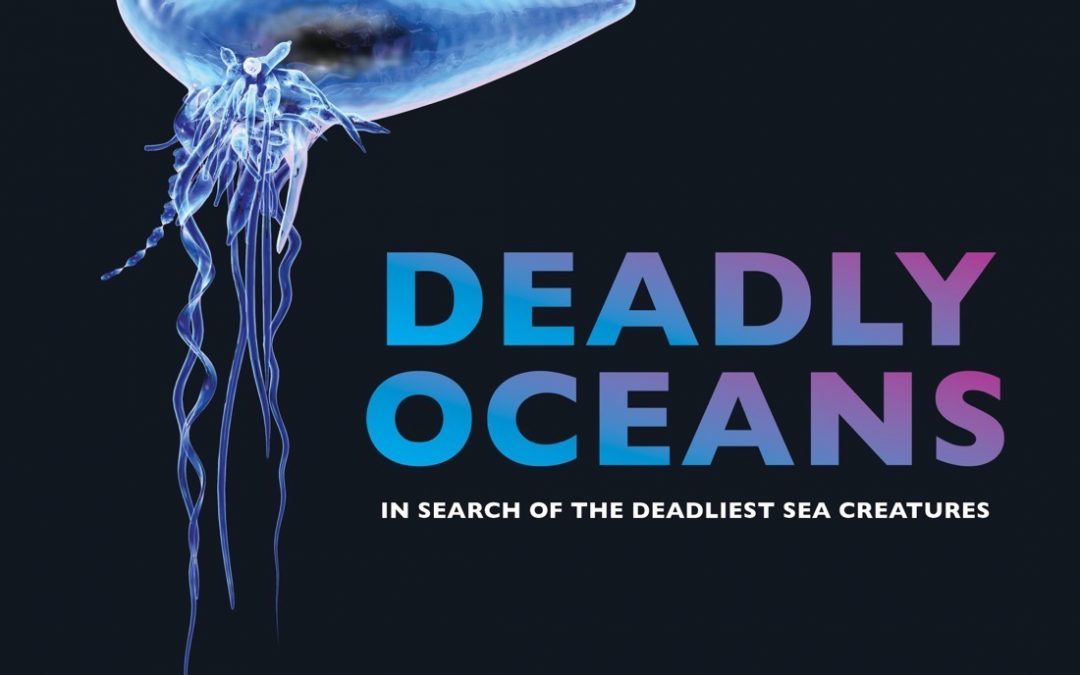
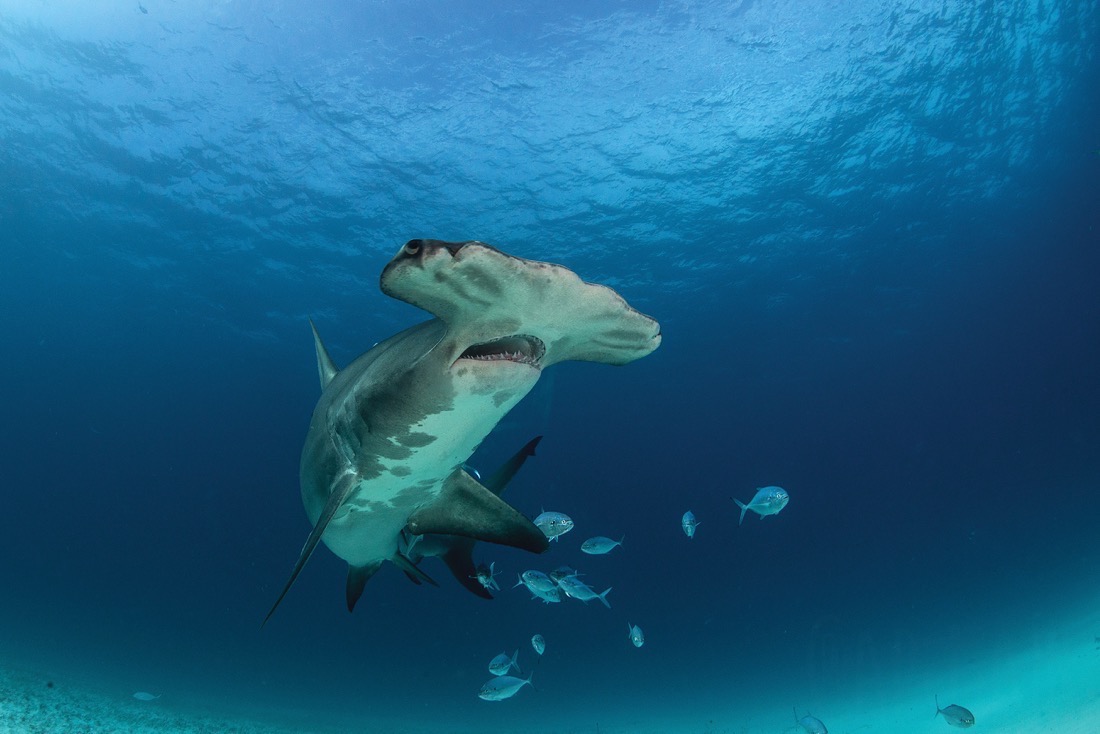
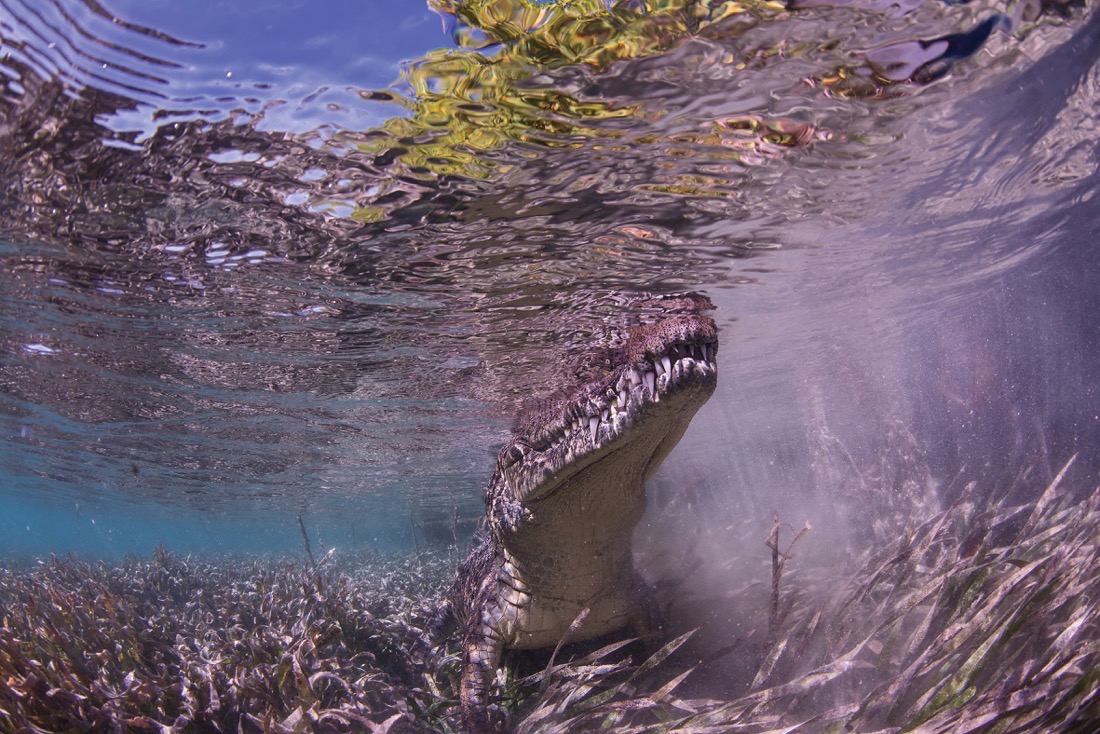

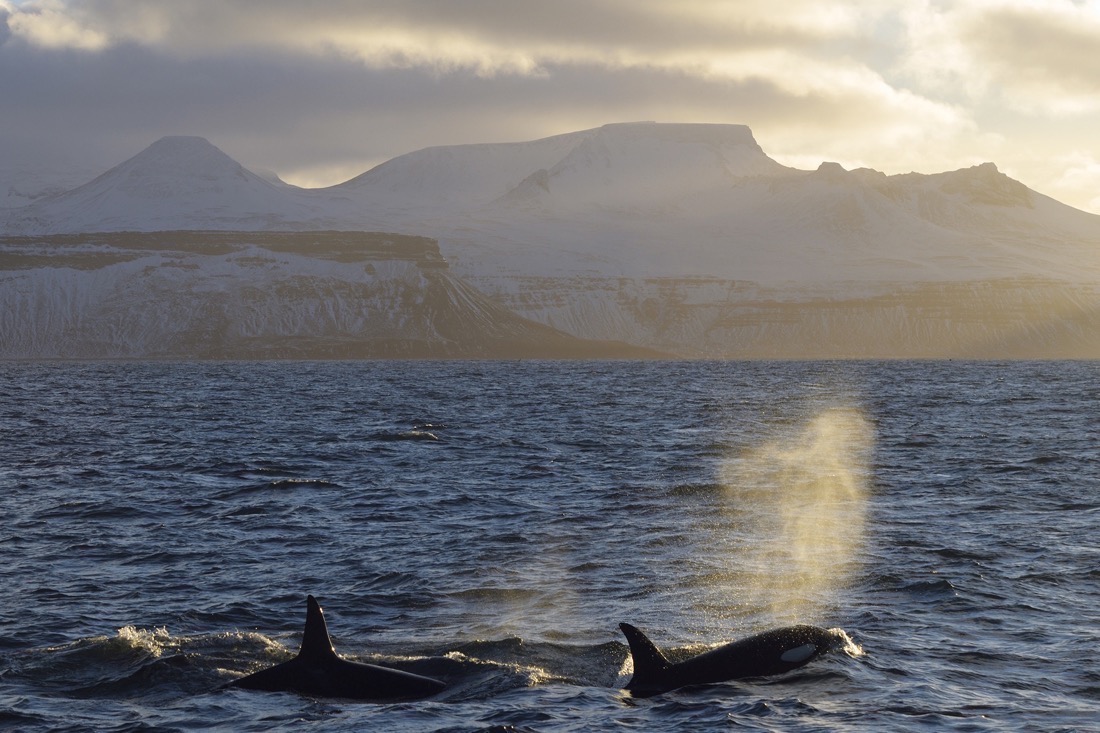
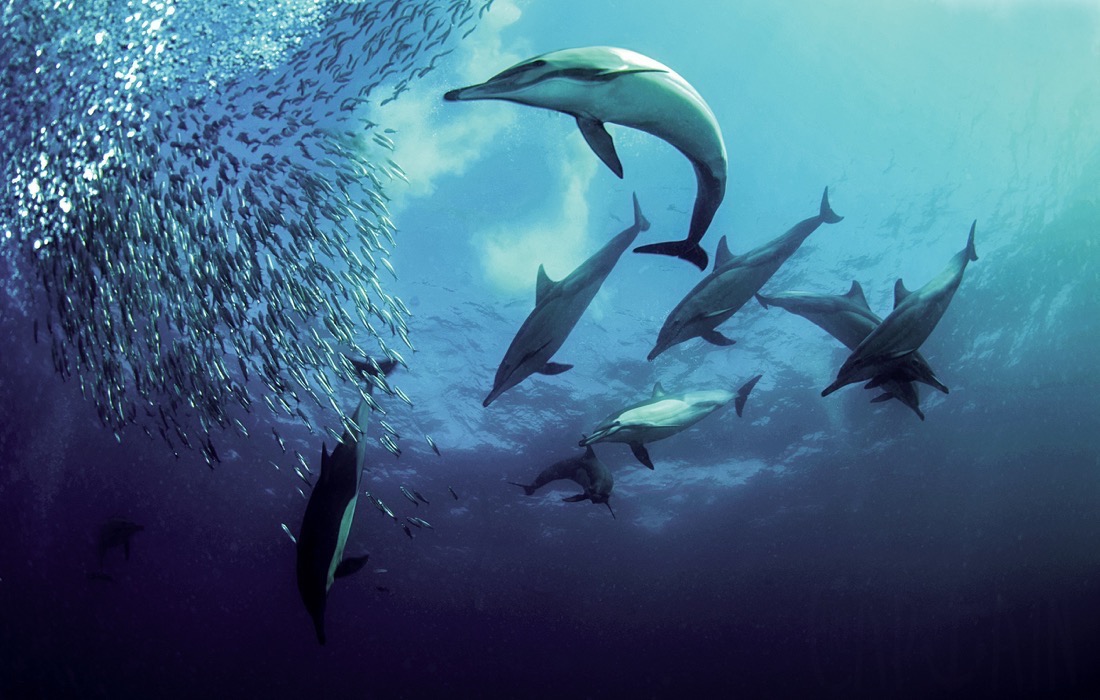
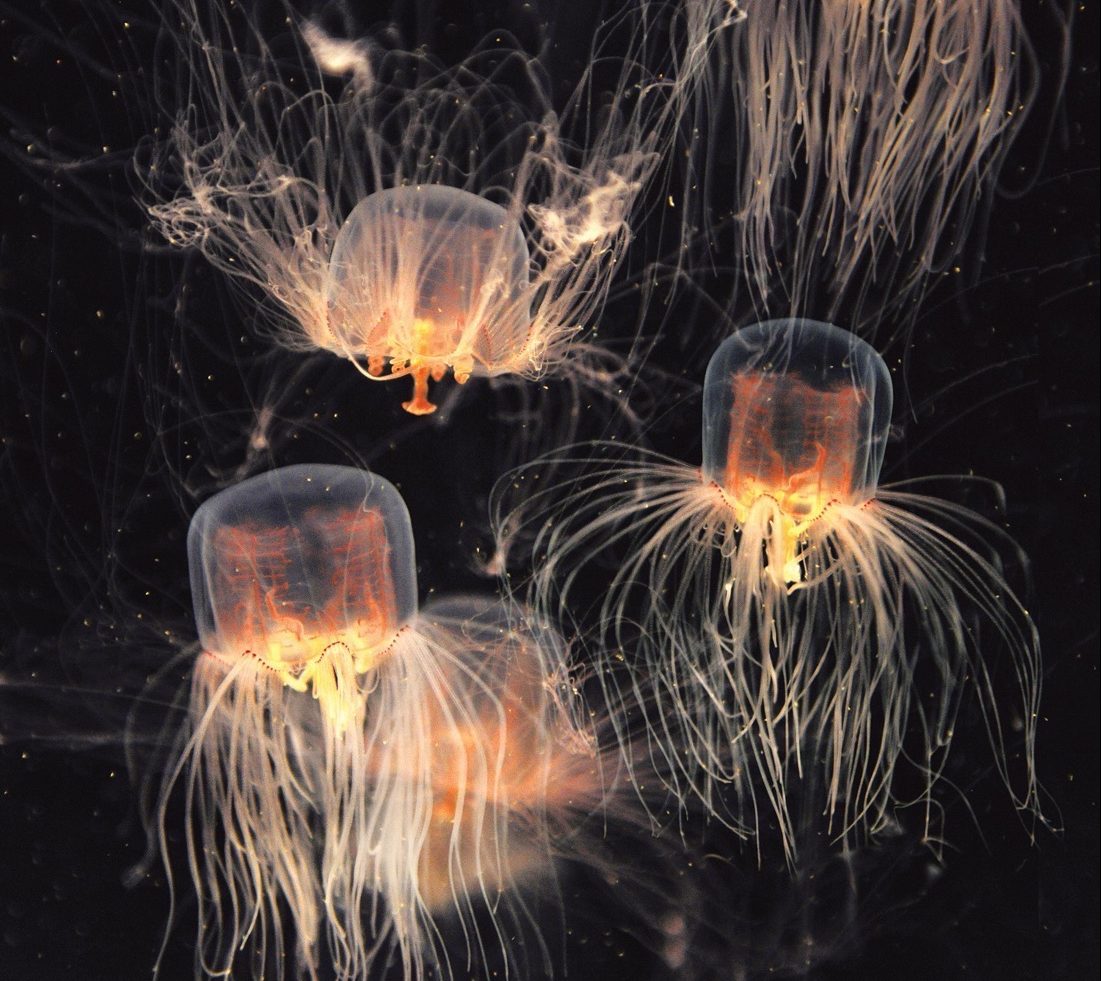
Recent Comments